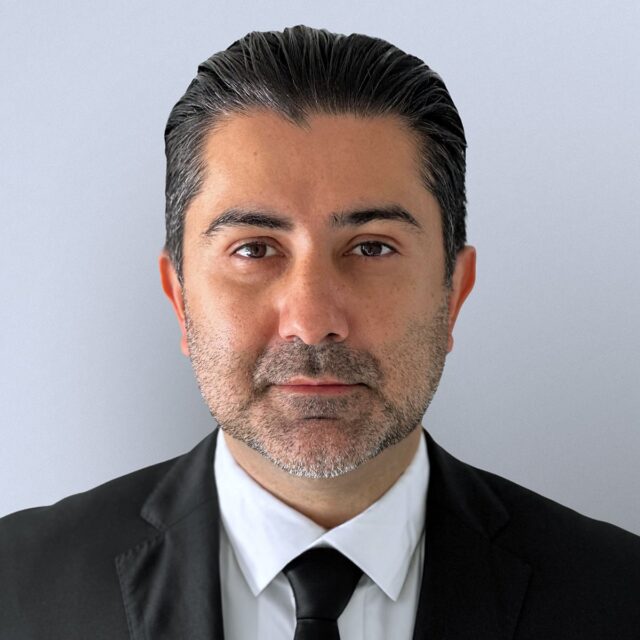An appeals court ruled in agreement with a lower court in January 2018 that Twitter was not liable for the deaths of two American military contractors, killed by a terrorist in Jordan in 2015. The ruling is the latest repudiation of the notion that social media services are willingly providing support to international terrorist groups – the court ruling says they’re not.
Background
Lloyd “Carl” Fields Jr. and James Creach were among multiple victims shot and killed by a Jordanian police captain-turned-terrorist at a training center for law enforcement in Amman, where Fields and Creach were working as military contractors. The lawsuit, brought by the estates of both victims, alleged that Twitter violated the Anti-Terrorism Act, having for years “knowingly permitted the terrorist group ISIS to use its social network as a tool for spreading extremist propaganda, raising funds, and attracting new recruits.”
The Brookings Institute released research in 2015 that, for the first time, cataloged and profiled ISIS-supporting Twitter accounts. The research indicated a minimum of 46,000 ISIS-supporting Twitter accounts and pegged the maximum at 70,000. While the findings acknowledged Twitter was actively suspending pro-ISIS accounts, the study “saw evidence of potentially thousands more.”
Pro-ISIS users account for a modicum of Twitter’s overall user base, but they have a propensity for reaching exponentially larger numbers of people by going viral. The Brookings report indicated that the high rate of tweets from between 500 to 2,000 ISIS-related accounts “…drives the success of ISIS’s efforts to promulgate its message on social media…short, prolonged bursts of activity cause hashtags to trend, resulting in third-party aggregation and insertion of tweeted content into search results.”
A Look at the Litigation
Fields v. Twitter has been dismissed twice; it was initially heard by a US District Judge in August 2016. In neither instance did the plaintiffs allege that a specific tweet led to the killings; they argued instead that Twitter has provided “material support” to terrorist groups in two specific ways: instructional guidelines and ‘mujatweets’, or promotional videos. These items are extremely important to ISIS, allowing the group to indoctrinate and radicalize people in far-flung locations, motivating them to join their cause and potentially commit one-off acts of terror. The lawsuit claimed that Twitter failed to “detect and prevent” content from terrorists. They also posited that ISIS used Twitter’s Direct Messaging function to recruit people towards its cause.
Twitter argued that the lawsuit was meritless – they condemned the crime through a spokesperson, stating that their teams actively work to “[counter] extremist content online…working with law enforcement when appropriate.” Their defense came from Section 230 of the Communications Decency Act, a provision that has been broadly cited in similar cases. Section 230 protects publishers from liability for content posted on their platforms; it says, in short, that online publishers – by virtue of being a place or medium where users can post content – cannot be held legally responsible for what others say or do.
Judges reviewing the case found holes in the plaintiffs’ argument in both decisions. The presiding judge in the first case ruled that the plaintiffs were unable to prove that Twitter’s “mere provision of Twitter accounts to ISIS…proximately caused the November 2015 shooting,” calling the presented evidence “tenuous at best”. The judge also disagreed that Direct Messaging was to blame, writing that “apart from the private nature of Direct Messaging, plaintiffs [identified] no other way in which their Direct Messaging theory seeks to treat Twitter as anything other than a publisher of information provided by another information content provider”.
The three-judge panel for the 9th US Circuit Court of Appeals unanimously echoed the lower court’s ruling in their decision, concluding “…that Twitter has the better of the argument and hold that to satisfy the [Anti-Terrorism Act’s] ‘by reason of’ requirement, a plaintiff must show at least some direct relationship between the injuries that he or she suffered and the defendant’s acts”.
What Do the Rulings Mean Going Forward?
Whether the plaintiffs in Fields v. Twitter appeal the latest ruling remains to be seen.
This verdict, coupled with comparable decisions in similar cases, make clear that without proving direct cause, future lawsuits in this vein will have very little chance of winning. So why do copycat cases continue to go to court? The answer, according to researchers and lawyers, is that it’s a form of public shaming. Winning in the “court of public opinion”, as Adam Therier, a research fellow at George Mason University’s Mercatus Center told Ars Technica, is almost as important as an actual legal victory – it means companies will feel pressure to remain vigilant, cracking down further on similar accounts. Until real change is observed, it appears similar lawsuits will continue to be brought before judges, regardless of likelihood of victory.







